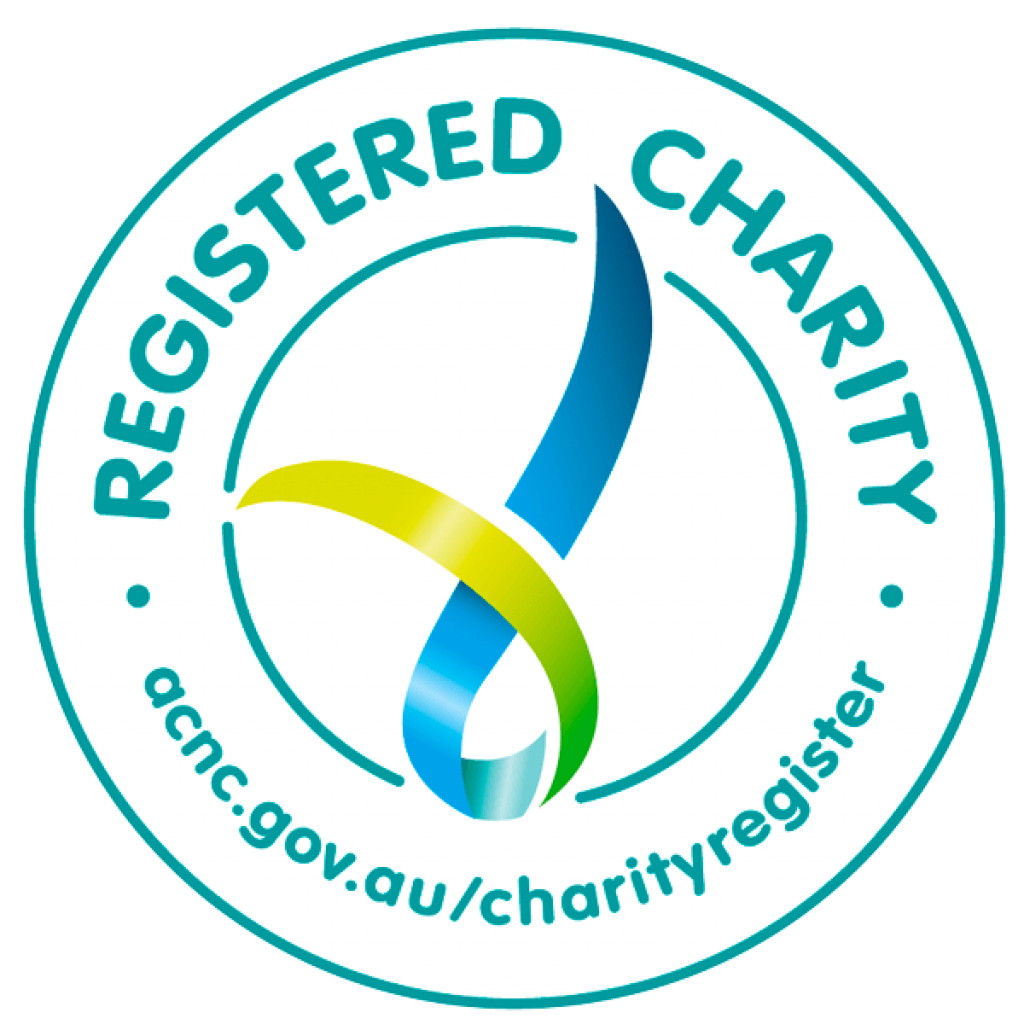This year marks the 50th year of Multiple Sclerosis Australia, an organisation formed to drive awareness, research, and support for people with multiple sclerosis (MS). Back in 1972, someone diagnosed with MS would be told that there was no treatment, no cure, and no way of knowing how quickly you might lose basic functions. Today, thanks to advancements in medical research, the picture is vastly different. An anniversary is a time to reflect on our achievements, but until we have cures, we acknowledge that our greatest challenges still lie ahead.
MS has become a household name thanks to overwhelming community support for fundraising campaigns such as The May 50K and the MS Readathon. Yet, MS remains poorly understood, and for many Australians, their struggle with it can be invisible. MS is the most common chronic disease of the central nervous system (the brain and spinal cord) among young Australians and affects nearly 26,000 people in this country. Over 7.6 million Australians know or have a loved one living with MS.
The average age of MS diagnosis is in the mid-thirties – a time when people are thinking of careers, raising a family, and living life to the fullest. Upon diagnosis, it is explained that the condition is irreversible and that, as it progresses, MS can rob you of your quality of life in diverse and unpredictable ways: whether it be mobility, energy, cognition, sight, speech, mental health, bladder control, social inclusion or the myriad of other functions that can suddenly or slowly be taken away.
The past 50 years have seen an explosion in medical research in MS, with huge advances in our understanding of the disease and, based on this, the development of therapies targeting specific steps in the disease process. We now have a detailed understanding that MS is an autoimmune disease in which the immune system mistakenly attacks the insulating ‘myelin’ sheath around the nerves in the brain and spinal cord.
With repeated attacks, the body can’t compensate and there is irreversible damage, with loss of distinct neurological functions depending on which area is damaged. The first therapy for MS was approved in the mid-1990s and was based on dampening general immune function. This therapy is still used today and is moderately effective.
But with new insights into the cells and molecular interactions governing this autoimmune process, more effective therapies have been developed. Some of the newer therapies allow us to deplete specific immune cells that we know drive the autoimmune attack. Others trap immune cells in the lymph nodes so that they can’t access and damage the brain. Since the approval of the first MS therapy in 1996, we now have 16 immune therapies available for MS in Australia. This has vastly improved the quality of life for most people with MS, especially when therapy is initiated early.
What we don’t have yet is a way to repair the brain and spinal cord once they are damaged. This is the next frontier in MS. Nerve repair will be key to reversing disability, and ultimately, to curing MS. Part of the solution might be found in stimulating the regrowth of the damaged myelin sheath. This is an active area of laboratory research and early clinical trials. But there also seems to be a component of nerve degeneration in MS that may not be entirely related to myelin loss. This is poorly understood but could be critical to finding cures for the progressive accumulation of disability in MS.
In our 50th year, this is our greatest challenge: halting and reversing the progression of disability in MS. We have recently announced our largest ever Australian research funding round, totalling almost $7 million. It includes ground-breaking research on new drug candidates, understanding how myelin loss impacts nerve degeneration, and state-of-the-art brain imaging to understand the biology of MS progression.
But the urgency of this disease also requires a worldwide effort and, as founding members of the International Progressive MS Alliance, we are investing significant funds and brainpower into a global strategy to end progressive MS.
In this unique collaboration, we have joined with researchers, neurologists, allied health professionals, other national MS organisations, regulatory authorities, the pharmaceutical industry, and people living with MS to end the progressive disease. With over 50 interventions currently in clinical trials for progressive MS, in our 50th year, we can feel the momentum and the hope for the future. Now is the time to supercharge our research effort, as the greatest discoveries lie tantalisingly close.
Adj. Associate Professor Desmond Graham, President MS Australia
Rohan Greenland, CEO MS Australia
50 years of progress, which includes a snapshot of our key milestones, can be found here.






